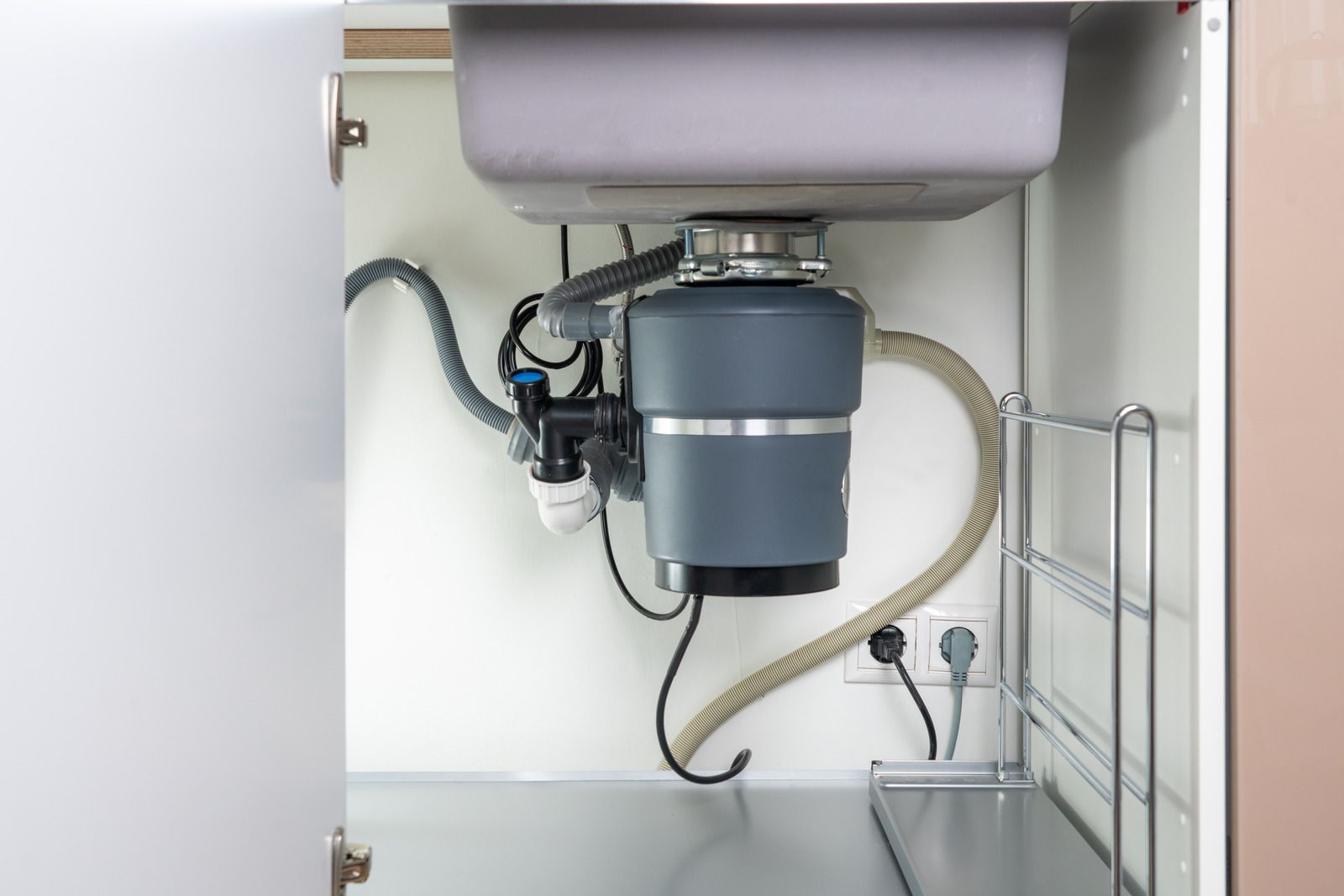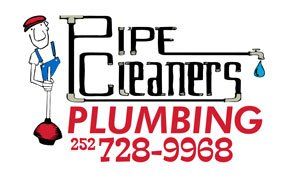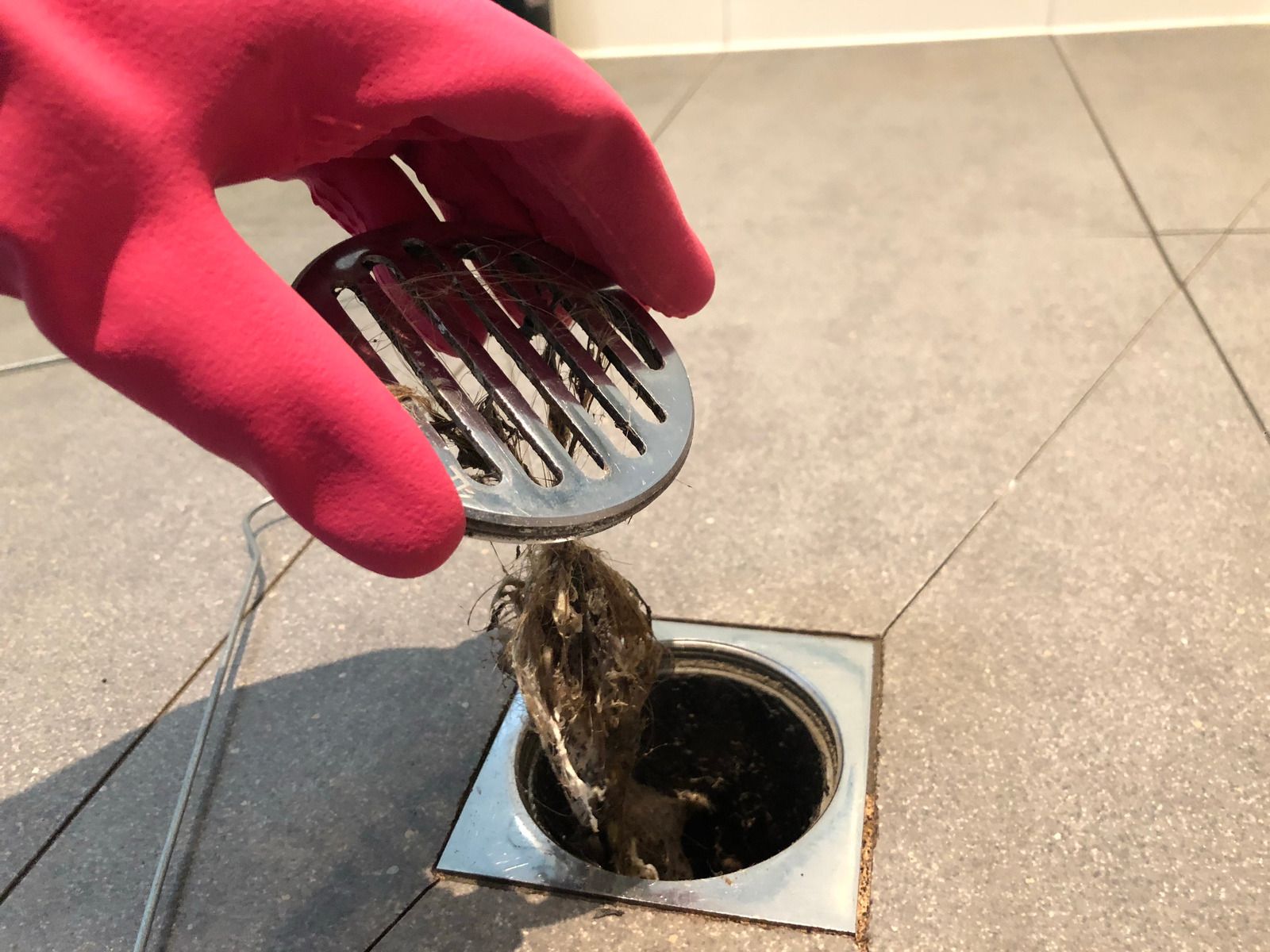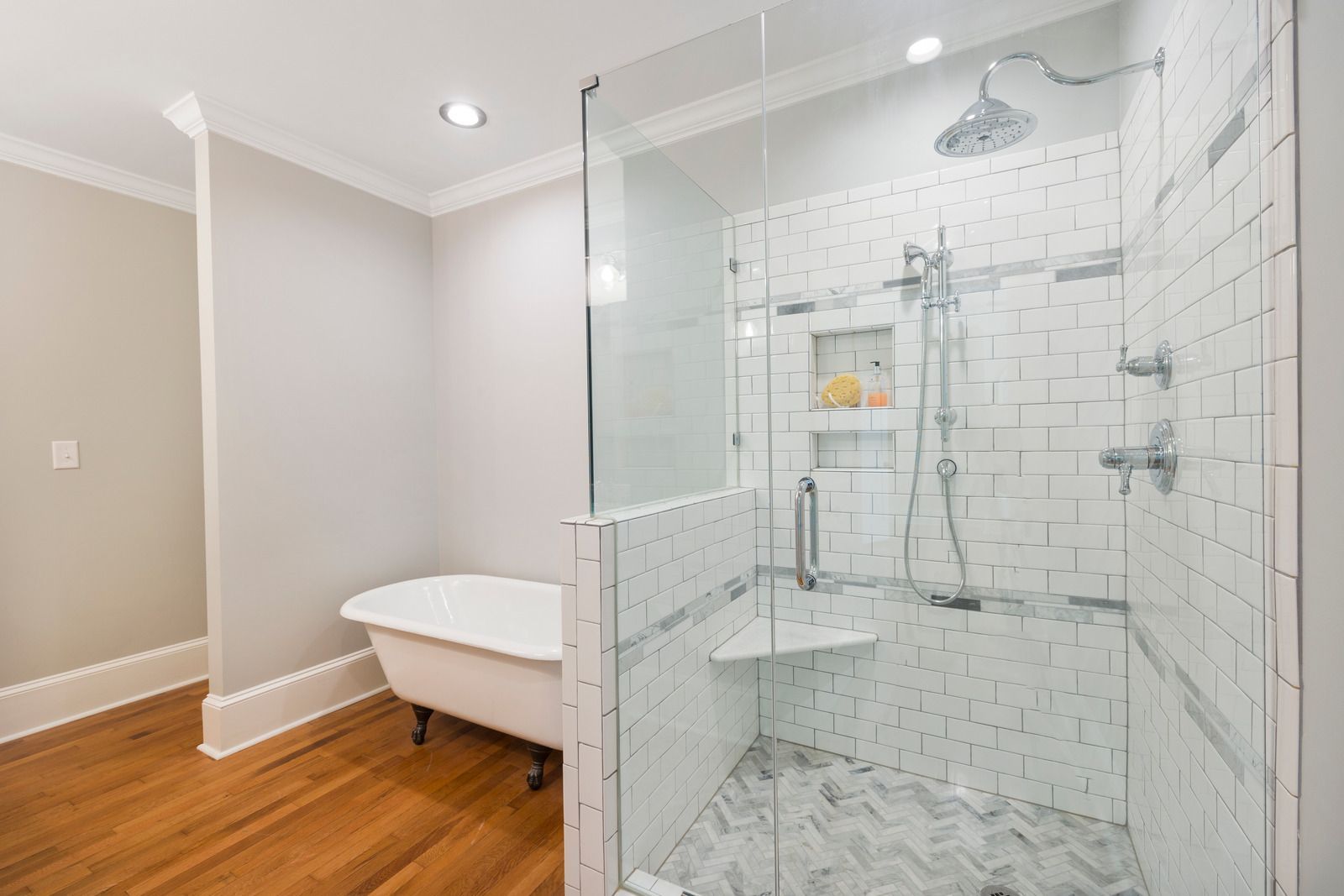Checklist To Ensure An Efficient Garbage Disposal System At Home

A garbage disposal system is an essential part of a home. It helps keep the environment clean, prevent diseases, and reduce pollution. But your garbage disposal system can become inefficient if you don't maintain it properly. This blog post will provide a checklist to ensure an efficient garbage disposal system at home. You'll learn about the best practices to use when disposing of your trash, as well as tips on how to maintain your garbage disposal unit. With these simple steps in hand, you'll be able to keep your home clean and healthy!
Avoid Using Plastic Items
You should avoid putting several items into your garbage disposal system, as they can cause severe damage. One of the most common items is plastic. Plastic can wrap around the disposal blades, causing them to become stuck. Additionally, plastic can break down over time and clog the drain. If you must dispose of plastic items, cut them into small pieces first.
Plastic is not biodegradable and will remain in your plumbing for years if you are unlucky enough for it to pass through your sewage treatment plant before ending up in rivers or oceans with disastrous consequences for marine life. To prevent potential damage to the environment and your wallet, always ensure that no plastics find their way into your garbage disposal system!
Don't Put Starchy or Fibrous Items
When it comes to your garbage disposal, there are certain items that you should avoid putting down the drain. Starchy or fibrous items can be particularly problematic, as they can easily get caught in the blades of your disposal and cause a clog. Some examples of starchy or fibrous items include potato peels, celery, corn husks, and eggshells. If you're unsure whether an item is safe to put at your disposal, err on caution and throw it in the trash instead.
Never Use Bleach For Cleaning
While bleach may be effective at killing bacteria, it is not a good choice for cleaning your garbage disposal. Bleach can damage the disposal and the pipes, leading to expensive repairs. Instead, use baking soda and vinegar to clean the disposal and keep it smelling fresh.
Bleach can break down rubber seals in your system, leading to leaks and other serious problems. Additionally, bleach can be dangerous if it comes into contact with your skin or gets inhaled during use. If ingested accidentally when drinking from the sink tap after cleaning with bleach, it may cause vomiting, breathing difficulties or even death.
Clean The System Every Once In Week
Clogged garbage disposal is one of the most common household problems. To keep your garbage disposal running smoothly, it's important to clean it regularly.
The best way to clean garbage disposal is to use a combination of hot water, dish soap, and white vinegar. Run the hot water for a few minutes before adding the dish soap and vinegar. Let the mixture sit in the disposal for 15 minutes, then turn it on and run for another minute.
In addition to cleaning the disposal itself, you should also clean the sink drain where it's connected. This will help prevent clogs in both the sink and the disposal. Use a wire brush or pipe cleaner to remove the buildup around the drain opening.
Conclusion
We hope this checklist has helped you understand the importance of having an efficient
garbage disposal system at home and how to check for any signs of a malfunctioning system. By following the steps in our checklist, you can keep your garbage disposal running efficiently and ensure that your home is clean and safe from unwanted waste. If you are ever faced with a problem or have questions about your garbage disposal system, please don't hesitate to contact us for help.



